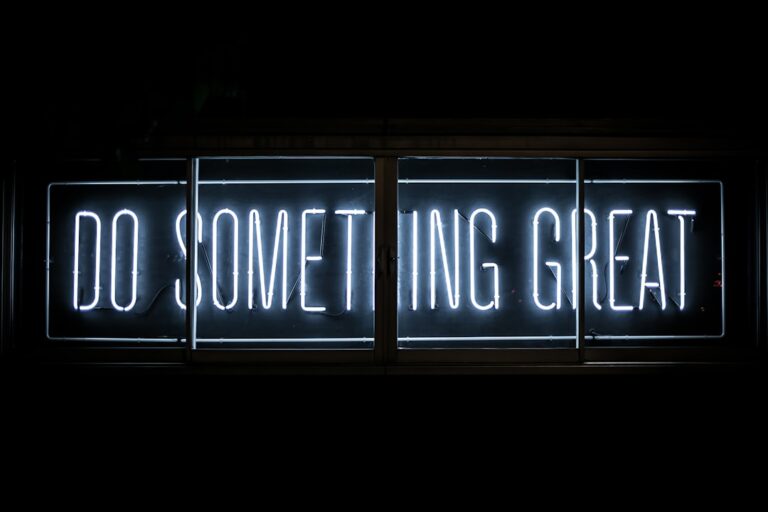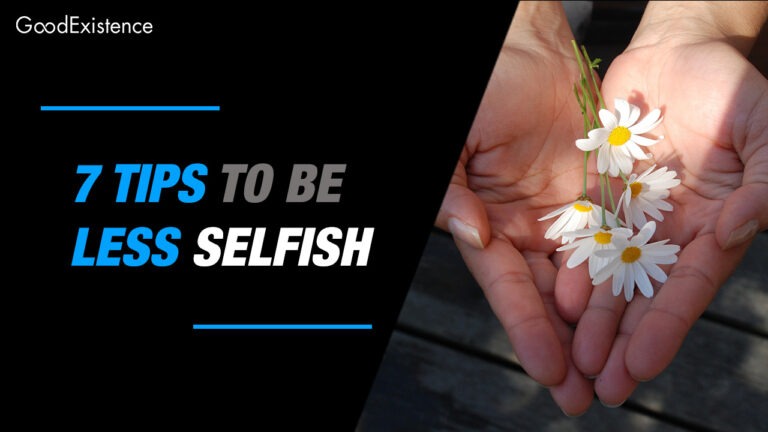
My heart used to pound so hard I thought everyone in the room could see my shirt move. Just the thought of public speaking would send me into a spiral of anxiety. That feeling of being trapped and powerless in front of an audience felt a lot like how I used to feel in my own life—stuck in bad habits like overeating and laziness, feeling like I had no control.
But I learned something important on my journey to losing over 110 pounds and building a life of purpose. Change isn't about one giant leap. It’s about taking small, intentional steps. The same is true for becoming a confident speaker. It’s not about being perfect or slick. It's about being real and learning how to connect with people in a way that truly makes an impact.
You don't need a personality transplant. You just need a few practical skills to help your true message shine through.
20 Skills to Make Your Message Matter
Here are 20 simple, practical skills that have helped me turn my fear into a tool for connection. I’ve broken them down into how you prepare, what you say, and how you deliver it.
-
Know your "Why." Before you even think about slides, ask yourself: What is the single most important reason I am giving this presentation? What change do I want to see in the people listening? Your passion for the "why" will be your anchor.
-
Understand your audience. Who are they? What do they already know? What do they care about? Your goal is to serve them, not just to talk at them. Frame your message as a solution to their problem or an answer to their question.
-
Practice the flow, don't memorize the words. You want to sound like a human, not a robot. Run through your presentation a few times so you know the main points and the transitions between them. This leaves room for you to be natural and adapt in the moment.
-
Plan your first 30 seconds. The beginning is everything. Don't start with "Hi, my name is…" Start with a surprising fact, a relatable question, or a very short story. Grab their attention immediately.
-
Plan your final sentence. Just as important as the start is the end. Know exactly how you will finish. End with a powerful, memorable thought or a clear call to action. Don't just let your presentation fizzle out.
-
Focus on one big idea. People won’t remember ten different points. What is the one thing you want them to walk away with? Every story, stat, and slide should support that single, powerful idea.
-
Tell a story. Our brains are wired for stories. When I talk about losing weight, I don’t just show charts. I tell the story of the first time I chose a walk over a bag of chips. It wasn’t a huge victory, but it was a start. That story connects far more than any statistic ever could. Share a personal struggle, a success, or a lesson learned.
-
Keep your slides simple. Your slides are your backup singers, not the main star. Use images more than text. If you have a lot of words on a slide, people will read it instead of listening to you. Think of each slide as a billboard, not a document.
-
Build a clear structure. A simple path is best: What’s the problem? What’s the solution? What do you want them to do next? Guide your audience on a clear and logical journey.
-
Make it about them. Go through your presentation and count how many times you say "I." Then, see how many times you say "you." Try to make the "you" count much higher. Your audience is always thinking, "What's in this for me?" Answer that question for them.
-
Speak from the heart. Authenticity is your greatest asset. It’s better to be a little rough around the edges and be genuine than to be perfectly polished and fake. People connect with real people.
-
Make real eye contact. Don’t just scan the room. Look at one person for a full thought, then move to another person. This creates individual moments of connection and makes people feel seen and valued.
-
Use your voice as a tool. Avoid speaking in a monotone. Vary your speed. Slow down to emphasize an important point. Get a little louder when you’re excited. Your voice is an instrument that can add emotion and energy to your words.
-
Embrace the pause. Silence is not your enemy. A short pause before or after a key statement can be incredibly powerful. It gives your audience a moment to think and absorb what you just said. It also makes you look more confident.
-
Use natural gestures. Don't keep your hands locked in your pockets or behind your back. Let them move as they naturally would in a conversation. This helps you release nervous energy and makes you appear more open and engaging.
-
Own your space. Stand up straight. Plant your feet firmly. If you need to move, move with purpose—don't just shuffle nervously. Taking up a little space signals confidence, both to the audience and to your own brain.
-
Find calm through prayer. Before I step up to speak, I take a quiet moment. I don't use complex techniques. I simply say a short prayer, asking God for clarity and the strength to serve the people I’m about to talk to. It centers me and turns my focus from my own fear to my purpose.
-
Visualize a conversation. Instead of picturing a scary presentation, imagine you are having a helpful conversation with a group of friends. This mental shift can dramatically lower the pressure and help you feel more relaxed and connected.
-
Welcome questions. Don't fear the Q&A. See it as another opportunity to connect and clarify your message. If you don't know an answer, it’s okay to say, "That's a great question. I'll have to look into that and get back to you." Honesty is always better than making something up.
-
Celebrate the small win. After it’s over, don’t beat yourself up over what went wrong. Acknowledge what went well. Celebrate the fact that you did it. Just like building any new healthy habit, every single time you present is a win that builds momentum for the next time.
Ultimately, becoming a better presenter isn't about becoming someone else. It’s about clearing away the fear and anxiety so the real you—the one with an important message to share—can come through.
What is the one big idea you feel called to share with the world?
Maybe you can start this week by just explaining it to one trusted friend. See how it feels to give your message a voice. That’s your first step.





